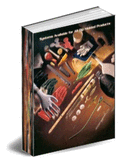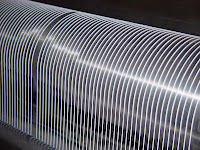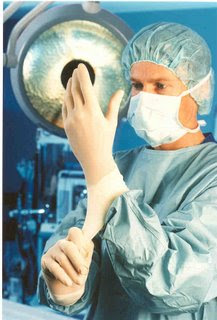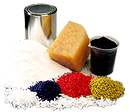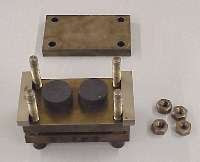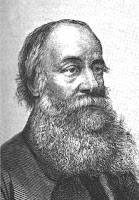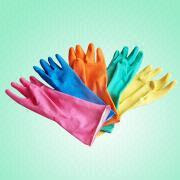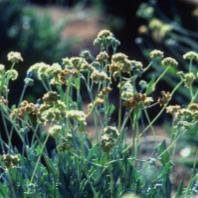Manufacturer: I am wondering if you can
explain the factors that affect thickness and surface finish of dipped
latex articles such as gloves. How can thickness be predicted from
material properties?
I imagine factors might include:
- Temperature of latex solution
- Temperature of former
- Airflow for drying
- Concentration of water in latex solution
- Type/concentration of of thickening agent
- Type/use of coagulating agent on former
John Woon (Senior Latex Consultant): Thickness of latex dipped products depends generally on the following factors:
1)
Latex stability against cationic chemicals such as calcium nitrate. The
higher the stability, the thinner is the latex gel picked up. The
reverse is true. Types of surfactants used is important. Nonionic
surfactants as opposed to anionic surfactants would tend to increase the
latex stability against calcium nitrate.
2) The age of latex. I'm referring to natural rubber latex. The older the latex the thicker would be the latex dipped product.
3) The higher the former temperature, the thicker would be the product especially when the latex compound is sensitive to heat.
(Latex compounds are normally more heat sensitive when the ZnO and ammonia level are high)
4) The higher the latex solid content (i.e. TSC) the higher would be thickness.
5) The higher the concentration of the coagulant (e.g. calcium nitrate), the higher would be the thickness.
6) If the viscosity of the latex compound is increased by adding a thickener, the product would be thicker.
7)
The longer the latex dwell time i.e. the time the former with a coating
of coagulant remains immersed in the latex, the thicker would be the
product.
To make the surface smooth and shiny, include an extra final dip into a much more diluted latex compound.
To
make the surface matt i.e. no more shine and gloss, soak the product in
chlorine solution (with about 800 to 1000 ppm of chlorine). The surface
after this treatment would appear rough under microscope but not the
naked eyes.


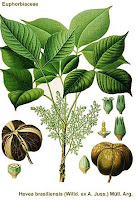

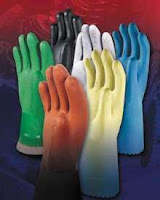




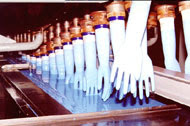



















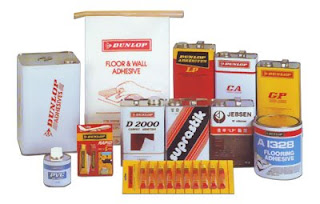
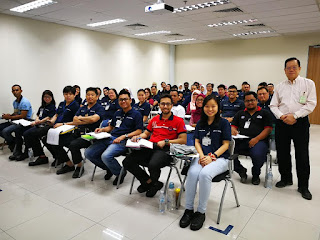

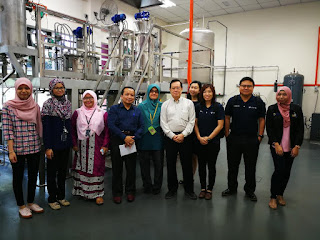
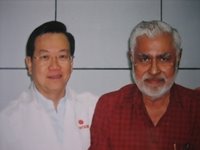





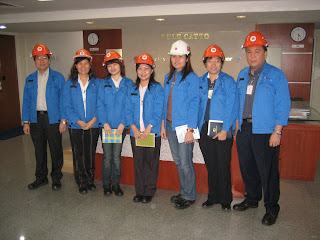
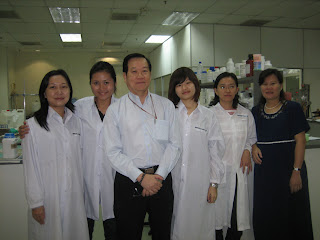
.jpg)
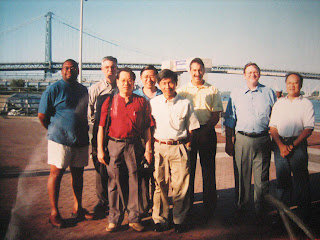.jpg)


.jpg)
.jpg)
.jpg)
.jpg)
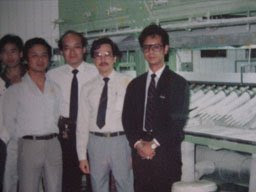.jpg)
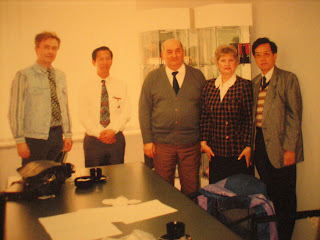.jpg)
.jpg)
.jpg)
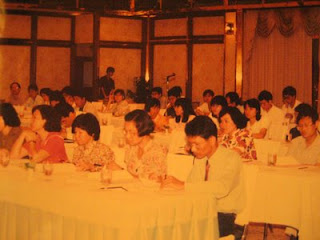.jpg)
.jpg)
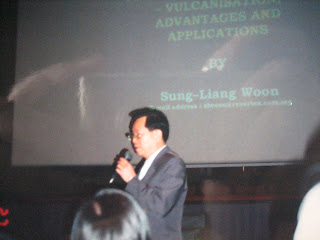.jpg)
.jpg)
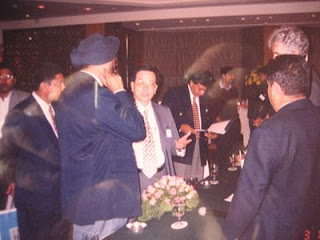.jpg)
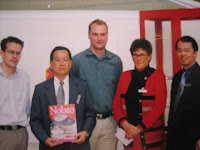.jpg)
.jpg)
.jpg)
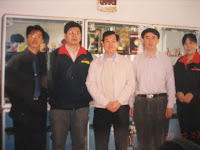.jpg)
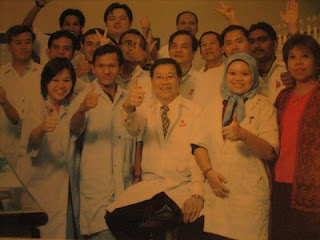.jpg)




